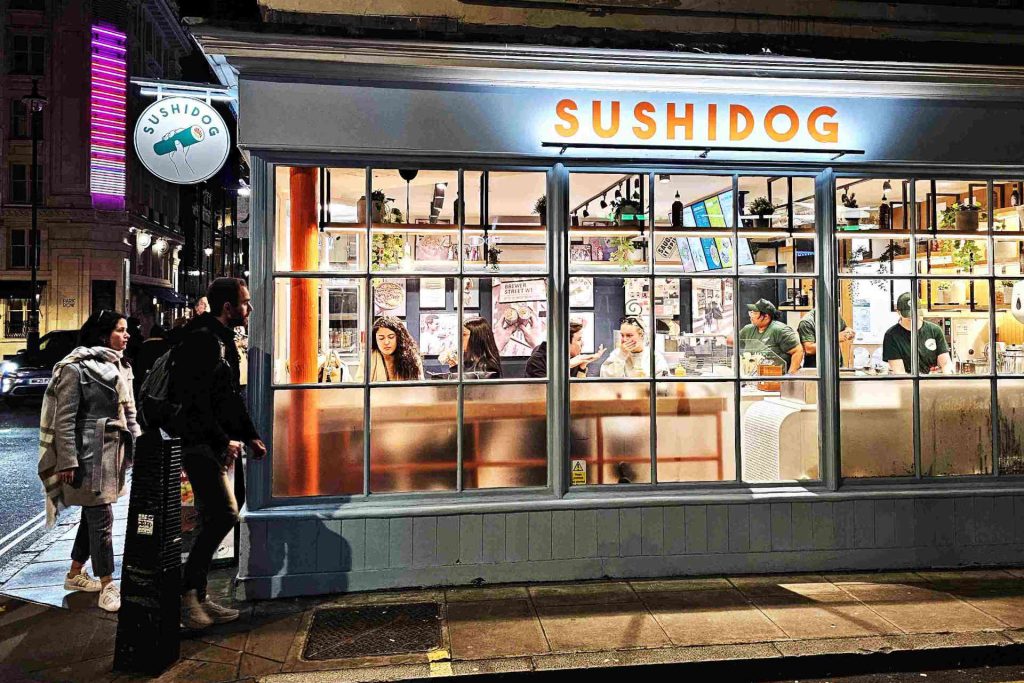
Today, snacks are versatile, practical and sustainable – the new main meal for modern everyday life. Denmark is leading the way: the snack has become socially acceptable there and is establishing itself as a meal option in its own right, moving away from the image of a mere substitute meal. There has been an interesting shift in terminology: the hot evening meal is called “Middag”. During the day, the trend towards smaller, more flexible meals (Frokost in Danish) is gaining ground.
This so-called snackification reflects the fast lifestyle in which small portions replace main meals. Snacks today are not only practical and healthy, but also attractively and sustainably packaged. At the same time, snacking is a profitable market and the industry is on course for growth. Major players such as McDonald's are responding by investing billions worldwide to maintain their position in this dynamic market. And soon even some two-lane drive-ins. Today, the snack segment is more diverse, of higher quality and more integrated into everyday life than ever before.
International influences are shaping the market: while the burger retains its top position as the global “protein sandwich”, new variants such as smashburgers are emerging. Rumors that the kebab could replace the burger are unfounded, but the first organic kebabs and healthier alternatives such as falafel and samosas are gaining popularity. These snacks, inspired by Levantine and Indian cuisine, are appealing to new target groups. Empanadas from Brazil are also convincing as temperature-stable “snack carriers”. Mexican dishes such as tacos and burritos are celebrating a revival that is spilling over to Europe via California, led by chains such as Pink Taco.
At the same time, interest in clean-label snacks with transparent ingredient lists and less sugar or preservatives is growing. New quick service chains such as Greenkarma and Kaspar Schmauser are focusing on healthy and innovative concepts, while egg sandwiches such as those from Berlin-based Bregg are making further inroads into the market.

Coffee Day on October 1 is known worldwide and offers companies an ideal stage to generate attention. Instead of classic discount campaigns, brands can use this occasion to offer customers emotional experiences – and thus remain in their memories for a long time.
Plant-based cuisine has long been more than just a trend. It is a paradigm shift that is also changing the world of haute cuisine. But while vegan protein sources such as tofu, tempeh, and seitan have found their way into many kitchens, one dimension often remains underestimated: the potential of spices. Without nature’s flavor carriers, many dishes remain flat. It is only through the careful use of spices that depth, texture, and character are created.
From digital voice assistants to AI-supported training, the hotel and restaurant industry is facing a wave of innovation that is rethinking efficiency, sustainability, and the guest experience in equal measure. Four current initiatives show how future technologies are already changing operations today – and what opportunities businesses can derive from them.


Today, snacks are versatile, practical and sustainable – the new main meal for modern everyday life. Denmark is leading the way: the snack has become socially acceptable there and is establishing itself as a meal option in its own right, moving away from the image of a mere substitute meal. There has been an interesting shift in terminology: the hot evening meal is called “Middag”. During the day, the trend towards smaller, more flexible meals (Frokost in Danish) is gaining ground.